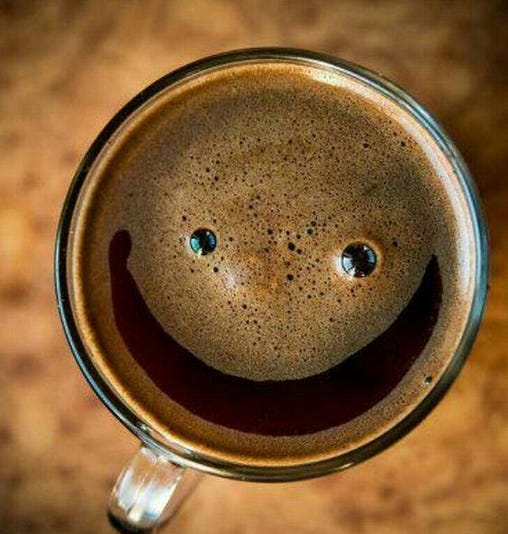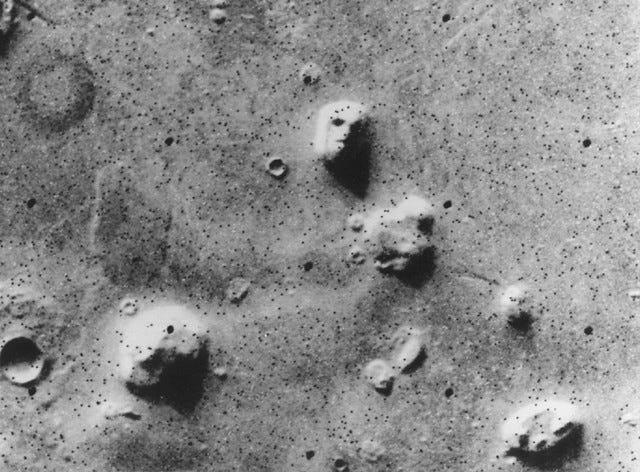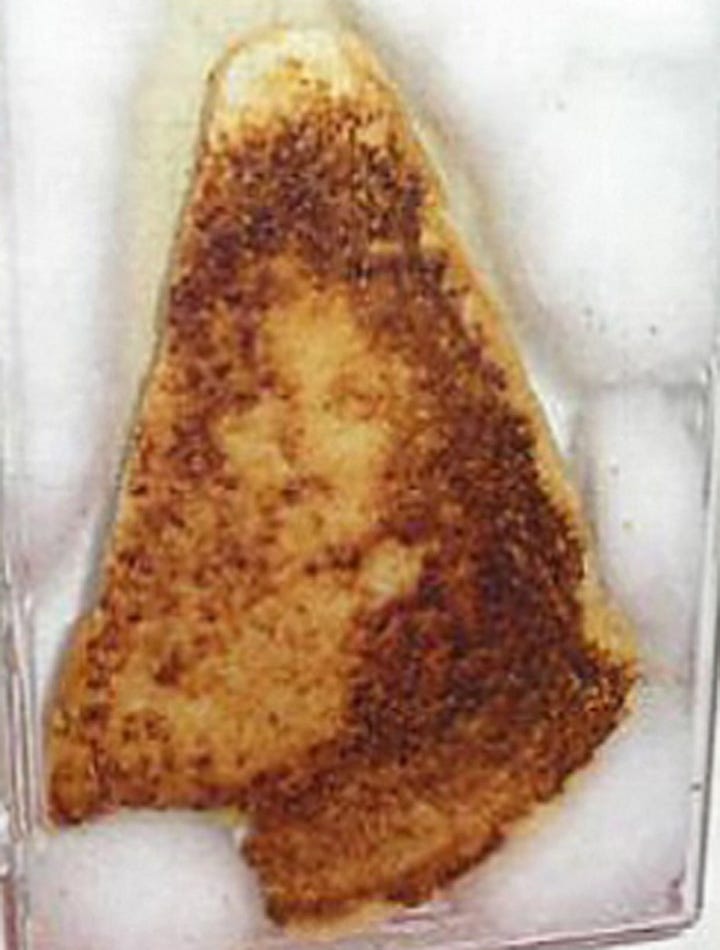 |
| Photo Credits on Pinterest Imagine this: It’s the weekend, and you decide to go out with your friends to have a good time. You are all together in this fancy place and you order a cup of coffee and right before you take the first sip, you notice something… Your coffee is smiling at you just like the picture above. You feel weird because coffees are not supposed to do that, and you do not know if you can tell your friends or not, maybe they’ll make fun of you and call you crazy. So, are you really crazy or is this coffee actually smiling? PareidoliaLet me tell you that this is perfectly normal, what you just experienced is called the Pareidolia phenomenon which is a masterpiece of our amazing brains. It shows you how incredible it is that the human mind can create meaning where none exists. Pareidolia, derived from the Greek words “para” (meaning alongside) and “eidolon” (meaning image or form), refers to the tendency of the human brain to interpret random stimuli as familiar patterns, often faces or objects. In other words, it is when we think that we are seeing meaningful images in random things. It is not a disease so do not worry about it. Examples of PareidoliaYou can experience Pareidolia in pretty much everything around you. From faces in the clouds to shapes in your toasted bread. You can get a judgmental look from your sink before you wash up or even popcorn that’s giving you a death look. Moreover, cultural and religious interpretations often play a role, with people seeing religious figures in natural phenomena or attributing significance to random occurrences. Here are some of the most famous examples of Pareidolia: 1- The Face on Mars:In 1976, NASA’s Viking 1 spacecraft captured an image of a region on Mars that appeared to resemble a human face. This formation, known as the “Face on Mars,” sparked speculation about artificial structures on the planet. However, subsequent images from other spacecraft revealed that it was simply a natural geological feature, an example of pareidolia in space exploration.  2- The Virgin Mary Grilled Cheese:In 2004, a grilled cheese sandwich that purportedly bore the image of the Virgin Mary sold on eBay for $28,000. This incident gained widespread attention and became a cultural phenomenon, highlighting how pareidolia can affect people’s perceptions and behavior.  These examples demonstrate how pareidolia can manifest in various contexts, from space exploration to everyday objects, and how it can influence human beliefs, interpretations, and behaviors. How Does It Happen?Pareidolia, at its heart, is about our brain’s ability to spot patterns. Your cultural and personal background can sway how likely you are to experience it. Essentially, we tend to see vague stuff in ways that match our past experiences and beliefs, adding meaning to things that are actually random. What Does The Brain Do?Your brain tries to make sense of any information it receives from sensory input. Scientists believe pareidolia was a survival trait in the past when our ancestors faced dangers daily. Imagine your ancestor going to hunt a deer in the jungle where there are predators, he sees a pattern in the trees and thinks it is a lion so he runs for his life, he then realizes he is wrong and his friends mock him for it. Of course, being wrong and getting mocked for a while is better than being someone’s lunch. There’s a part of the brain called the fusiform face area that’s responsible for recognizing faces. This area is responsible for connecting patterns and trying to make sense of them and this is where the brain tries to process any stimuli it receives and tries to make sense of them. ConclusionPareidolia is super interesting! It shows how our brains make sense of stuff. It’s like finding shapes in clouds or faces in toast. This ability gives us insight into how we see the world, affecting art, culture, and how we connect with others. Exploring pareidolia could help us understand more about how our minds work and what’s real. |
